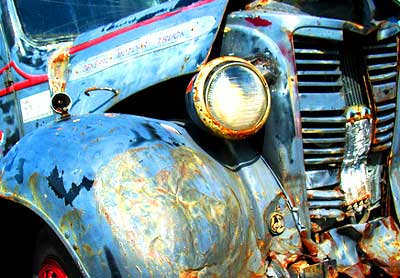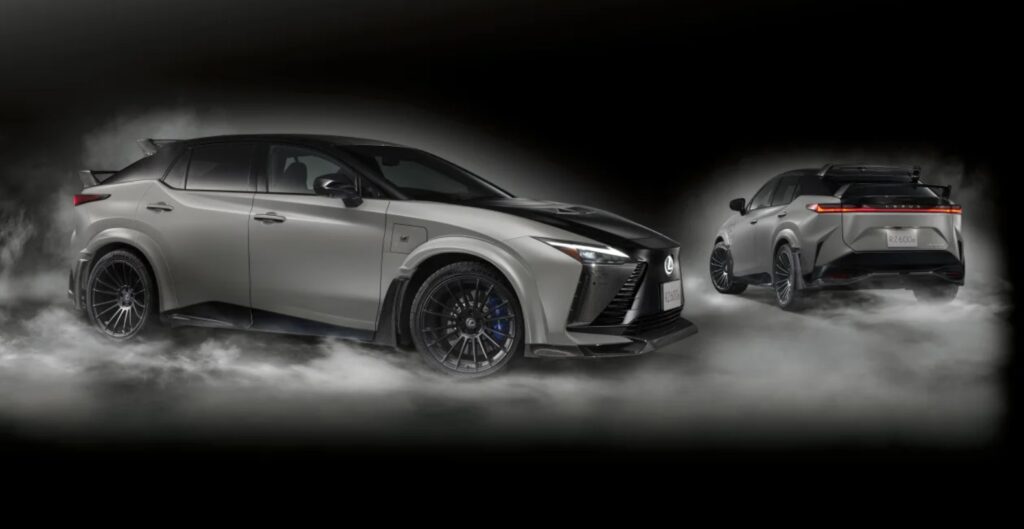As you likely heard, President Barrack Obama calmed a recent dispute about racism and the police by inviting the two parties involved in the disagreement to the White House to discuss the matter over a few beers.
While he was at it, Obama could have had similar discussions with experts and others about the effectiveness of government actions regarding the recent economic state of affairs …automotive bankruptcies, mortgage programs (and non programs), bank failures, executive compensation issues…though most likely there isn’t enough beer in the entire U.S. to have floated those talks.But there is no argument about the success of one program meant to give the U.S. economy a swift kick in the butt: Cash For Clunkers, which has the dual purpose of getting U.S. car sales off their recent 27-year lows and putting some Americans in new vehicles that have better fuel economy and give off lower emissions.Several countries have tried this, offering government rebates if you surrender your old gas-guzzler to buy a new, more fuel-efficient vehicle. Success of these programs in some countries has been questioned, but here it appears to have worked in spades.Typical of government thinking, it couldn’t be kept simple, with the rules for the program filling a 136-page document. And there were last-minute fights over details and funding, which set aside $1 billion to cover the program until November 1.Guess what? Those monies were gone before the end of the first week, and our House of Representatives had to vote another $2 billion to cover the first full sales weekend of the program. Of course its sister legislative branch, the Senate, couldn’t get organized quickly so the White House had to promise it would find the dollars to keep Cash For Clunkers going throughout the weekend. Here are the basics.The plan applies to cars, pickup trucks, vans and SUVs. There are several provisos, but basically the vehicle must have been built within the past 25 years and managed only 18 mpg or less. It must be drivable and been registered and insured for the preceding year. Dump the old machine for a new one that gets 4-9 mpg better and you get credit on the new vehicle of $3,500. If the new car’s mileage is 10 mpg or more above that of the clunker headed for the crusher, you get $4,500. Several automakers matched the government’s offer with their own discounts, and if you opted for a hybrid, there were additional government breaks. These credits can only be applied to vehicles with price tags of $45,000 or less.Dealerships had to find a facility that could physically crush the vehicles on a list with the somewhat spooky name End of Life Vehicle Solutions. There were even portable crushers that could he hauled to dealerships.Before each vehicle was crushed, salvageable components could be removed and the engine had to be permanently disabled. One way to do this was to feed the engine a mixture of water and “liquid glass,” turn it over a few times and everything was locked solid forever.The results of the promotion were quite dramatic, and many dealerships were swamped. Those that had slimmed their inventory because of the recession were running out of qualifying cars. Salesmen who hadn’t done much for months but play Solitaire, drink coffee, eat doughnuts and go home early were working past midnight.Now the government has to figure out how long the program should continue and where it can find the funds to pay for it, but at a time when it seems like little has gone right, Cash For Clunkers did.Come the Monday following the start of the program, Ford was out with sales that were up 2.4 percent for July, the automaker’s first monthly increase in 19 months.There are those who argue that the requirements of the Cash For Clunkers program weren’t tough enough. Some environmental groups argued that the mileage limits were lax and an increase for some drivers of only 4 mpg was the equivalent of exchanging one gas hog for another.To many, however, just the possibility that the program might get new car buyers back in the buying spirit was enough.Ford had already had more momentum than General Motors or Chrysler, some buyers saying they prefer Ford because it has not received bailout funds or been pushed through bankruptcy.At first there were some calls to make certain the Cash For Clunkers program profited Detroit’s Big Three automakers (really the not-so-Big-anymore-Three these days), but that sort of supposed patriotism doesn’t work anymore.Here’s an example of why: According to Cars.com’s American-Made Index, the most “American” car in America is the Toyota Camry. This survey considers the vehicle’s percentage of parts that, by cost, are sourced in the U.S. and Canada, along with the vehicle’s U.S. sales volume.By this measure, only half the top ten list of “American” vehicles come from the Big Three, a trio of pickup trucks and the Chevrolet Malibu and Ford Taurus. The other five are the Camry, Honda Odyssey, Toyota Sienna, Toyota Tundra and Toyota Venza.So much for defining what is an “American” vehicle.Another thing we won’t be having, apparently, will be more California-made cars. Another of the victims of the upheavals in the car business is NUMMI (New United Motor Manufacturing, Inc). This is the Fremont, California factory (near San Francisco) that has been a joint project of GM and Toyota since 1984, the place were the same basic vehicle could be built as a Toyota or GM product. But GM bailed out of the project in June and now Toyota will also apparently back away from its only U.S. factory with union workers. Thus ends a long history of automobiles being manufactured in the Golden State, which is now known for its unfavorable business climate. All that will remain are small assembly facilities, like Tesla.Things have quieted down in Detroit, particularly at Chrysler as it reorganizes itself under Fiat’s leadership, led by a board of directors that, other than Fiat’s Sergio Marchionne and Alfredo Altavilla, has little automotive experience. We have heard the first Alfa Romeo we will get will be the new Milano, which is slated for debut at next year’s Geneva Show. Incidentally, Chrysler has decided to not sell its Viper group, so the sports car lives on as will the PT Cruiser, though the latter is badly in need of a serious updating.General Motors–sorry, the post-39-day-bankruptcy New General Motors–has gone though a not-unexpected executive shuffle. Several long-tern execs have retired and, as an example of the sort of change taking place, Bryan Nesbitt, the highly regarded 40-year-old designer who gets credit for the PT Cruiser when at Chrysler, has been made head of Cadillac. The big surprise was that 77-year-old Bob Lutz “unretired” himself and jumped right back into the battles at GM as the “product meister.” Within minutes of his return he was blasting Buick advertising (for what was a dreadful, arrogant ad) and started stirring the pot at GM…which needs stirring up.This all fires the old argument about whether the same guys who, it can be argued, were leading GM when it tumbled into trouble should still be in charge again. Or is the car business so unique it is best run by to those with a sense of automotive business, engineering and art?Again, we’d need a lot of beer to get through that discussion.





